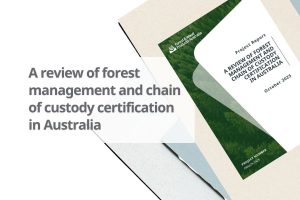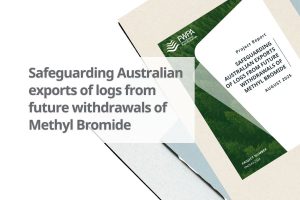Researchers in Germany have developed a novel way of recovering and processing the large amounts of balsa wood found in the rotor blades of wind turbines, to create a myriad of environmentally-friendly materials for a variety of uses.
Balsa wood is a vital element in the production of rotor blades for Germany’s 30,000 wind turbines. Each blade measures around 90 meters in length, has a weight of 15 metric tonnes and is made from glass-fibre-reinforced plastic and balsa wood, bonded with epoxy or polyester resin.
In 2019, general upkeep of the turbines saw 2,000 blades discarded, and that figure is expected to grow to around 15,000 by 2024. While environmentally-friendly methods already exist for disposing of the steel and concrete elements of the turbines, recycling of the rotor blades has proven more problematic.
The bond between the different materials used to create the blades is incredibly strong, due to the need to withstand speeds of more than 250 kilometres per hour. It is the strength of this bond that has made it difficult to separate the individual components, meaning the approximately 15 cubic metres of balsa wood found in each blade has tended to go to waste
Now researchers from the Fraunhofer Institute for Chemical Technology have developed an innovative recycling technique to recover the vast amounts of balsa wood the blades contain and process them for a variety of uses.
Peter Meinlschmidt, project manager at the Fraunhofer Institute for Wood Research, explained that the detached blades are disassembled on the spot to recover the balsa.
“The conventional approach is to use a band saw to cut the rotor blades into thirds or quarters, but this is a relatively complex process. That’s why we came up with the idea to try it with a water jet lance instead. And what do you know? It was much faster and better,” said Meinlschmidt.
Following this, blade segments of 10 to 20 metres are fed into a mobile shredder and broken into small pieces, around the size of the palm of a hand. An impact mill is then used to separate the pieces into their individual components, by setting them in rotation and hurling them against metal at high speed.
“The composite material then breaks apart because the wood is viscoplastic, while glass fibre and resin are very hard,” said Meinlschmidt.
The recycled balsa is being processed to create ultra-lightweight, wood-fibre insulation mats, which provide insulation equivalent in quality to the polystyrene-based materials commonly in use.
The material can also be ground into a fine powder and combined with a foaming agent, to create a unique elastic wood foam with strong adhesive qualities that could replace synthetic equivalents.
The foam can also be used as an environmentally-friendly insulation option or a packaging material that can ultimately be recycled in the same way as paper.
Source: Phys.org



